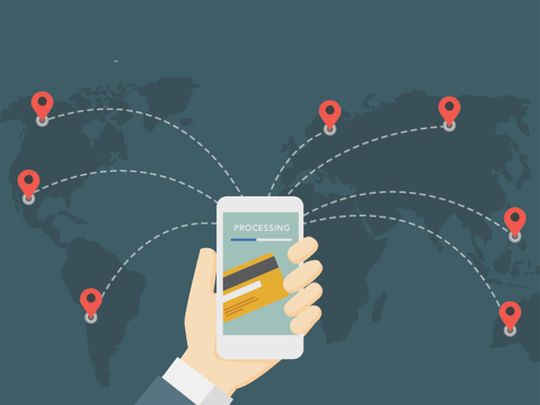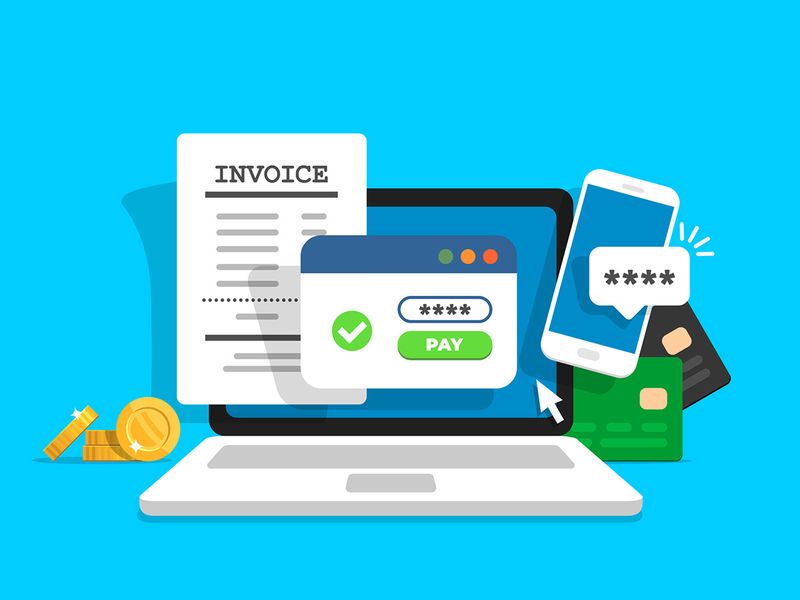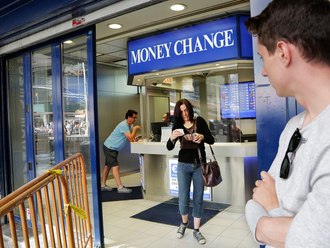
Dubai: For many of us, sending money abroad or receiving payments from a family member or a business partner in another country is relatively common. Whether you’re an expat, a freelancer working with an overseas company, an international student or own property abroad, you are probably familiar with the remittance process.
However, as the need for more customer-friendly international money transfer has grown, so have the number of financial start-ups offering banking alternatives, apart from the traditional means of transferring money like banks or money exchange houses. But with each avenue, how does it differ in terms of costs?
“Fees have always accounted for a large portion of the costs for remittance services. Moreover, costs for non-digital services are consistently higher than those for digital services regardless of the region where the money is being sent to,” said Matt Simeon, a UAE-based forex analyst, who analysed the latest remittance trends released by the World Bank.
Banks are comparatively costlier in 2023
Banks remained the most expensive type of service provider at the start of 2024 when it comes to remitting money back home, the latest report from World Bank noted. However, to know how much this really costs you warrants a comparison between what banks charge and what money exchanges charge.
The World Bank’s Remittance Prices Worldwide (RPW) tracker, which monitors remittance prices across all geographic regions of the world, indicated an average cost of 11.5 per cent when remitting $200 (Dh735) from banks towards the end of 2023.
(The RPW tracker covers 48 remittance sending countries and 105 receiving countries, and tracks the cost of sending remittances across banks, traditional and financial tech service providers, mobile operators, exchange houses, and post offices.)
Fees have always accounted for a large portion of the costs for remittance services. Moreover, costs for non-digital services are consistently higher than those for digital services regardless of the region where the money is being sent to
How high is this bank remittance charge?
But how high is 11.5 per cent and how much of your hard-earned income is shelled out in transaction costs to the bank? Also how do these costs fare when compared against other exchange service platforms, like doing it either online or through your mobile phone.
When compared to banks, it cost only half as much at money transfer operators like money exchange houses, at 5.33 percent when remitting $200 (Dh735), while mobile remittance applications charge a cost of 4.78 percent when remitting $200 (Dh735).
Mobile remittance applications cost the least, but they account for a small part of total transaction volumes (less than 1 per cent), the World Bank gauge indicated. This means most of those who remit still rely on banks despite higher costs, as they remain wary of remitting via mobile applications.
“Over time, banks, mobile operators, and exchange houses have seen a general decline of total average costs, but up until the end of 2023, banks have been firmly above the global average, whereas exchange houses and mobile operators have remained below,” the World Bank noted.
Banks not cheapest, but remain most reliable
While your trusted local bank may offer uncomplicated – even helpful – service with ordinary monthly transactions, you’ll probably find that things get a bit intricate the moment you want to send money abroad.
"Regardless of where you have an account, it is observed worldwide where banks offer poorer exchange rates," opined Anil Pillai, a Dubai-based forex analyst. "If you’re exchanging money through your bank, you’re probably not getting the best deal on exchange rates as you would through specific money transfer services."
Forex experts largely agree that the reason for this is banks specialise in availing several other products and services, and are not as focused on exchange rates, and this is also why the rate is widely observed to be inconsistent with remittance house currency rates.

How much do UAE banks charge for remittances?
"Overseas transfers via banks are often fast, and some UAE banks are rolling out products to compete with exchange houses," added Pillai. Most UAE banks follow the ‘interbank rate’, which is the price at which banks trade currencies with each other, and then base their own rates around it.
“Thanks to relationships with correspondent partners in other countries, several banks in the UAE do not levy upfront service fees for transfers in the destination country’s local currency," said Simeon. "However, customers will very rarely find bank rates working in their favour, in the long run.
“In other words, you are paying a premium for convenience. Banks’ service fees for international money transfers in the UAE can range from zero to Dh100, not including VAT. International bank transfers can take up to five working days."
Their current exchange rate is – they usually set their own, which will often be quite a bit more than the forex market rate. Once you have this information, you can establish how much it will essentially cost you.
“Not only will this help you budget your expenses, but it will also help save money. Before sending money abroad, be sure to ask your bank what their transfer charge would be for your transaction and also, and more importantly, what the recipient bank’s receiving fee is expected to be.”
For example, in the UAE, exchange houses on average charges at the most a Dh20 fee for a transfer. If you transfer Dh3,000 per month for a year, you will only pay Dh240 in fees. If you chose a bank that charges at the most Dh50 per transaction, you would spend Dh600 in fees for a year. With online brokerages, the fees depend on exchange rate.
Checklist when sending money abroad
If you’re about to send money abroad for the first time, it may have sounded simple in theory, in reality there are quite a number of factors to keep in mind to do this successfully.
Here’s a list of some of the most important questions you would need answered, before embarking on the process of remitting money back home or wherever you would want to.
• Are you transferring to another currency?
• What is the current exchange rate between these currencies?
• Do you want to send a large or small sum of money?
• How speedily do you want the person on the other side to receive the money?
• Is it a once-off payment or a recurring one?
• What fees will you have to pay?
• What will the final costs be after all the fees and exchange rate?
• How safe will your money be?
Before sending your money using the first, most convenient option, research which will be the most beneficial to both you and your recipient but also be mindful of what the do's and don'ts are. Begin researching by using money transfer tools or calculators that are freely available online.
How to check if you’re getting the best rate
A common comprehensive platform is the World Bank’s global cost calculator. You can use this tool by simply selecting the country you’ll be sending money to, enter the amount you would like to send and hit the ‘compare’ button.
In most of these tools, you’ll also be able to access an overview of the current exchange rate, as well as a complete list of financial service providers able to assist you and the costs connected to each. You can then opt to view the list by whichever of the following is most important to you.
You could either choose to go for the ‘cheapest’ avenue first, or the means to the fastest medium – which assures a comparatively lower transfer time for your transaction. If not, you could always opt for one according to the platform’s ratings.











